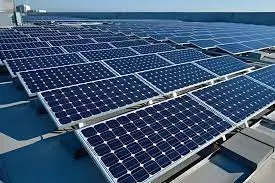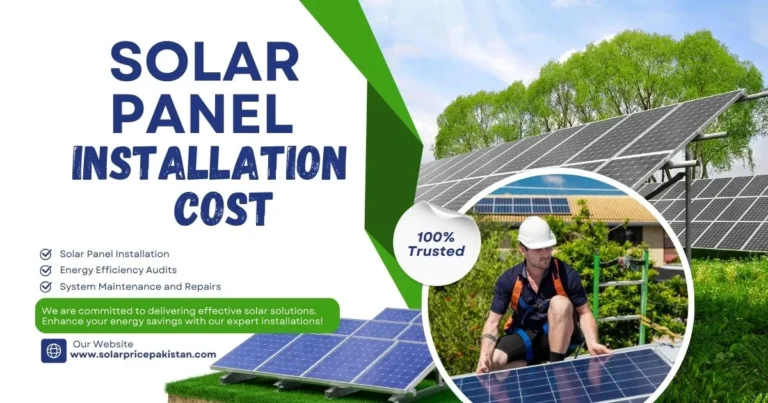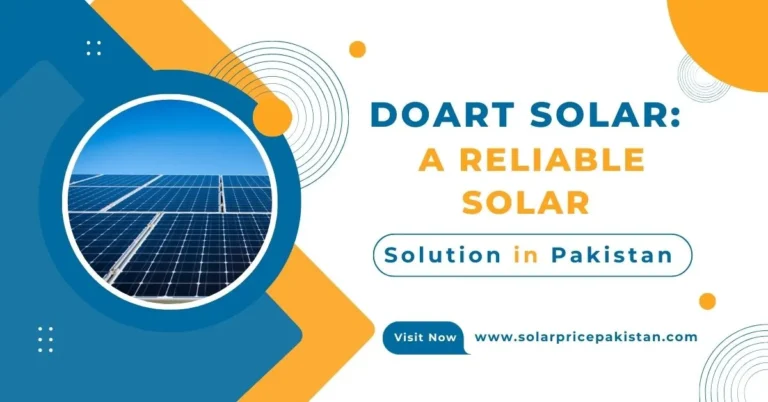Perovskite solar panels price in Pakistan
Pakistan is a country where abundant sunlight is rapidly moving toward sustainable energy solutions. In the field of solar energy, these solar cells have a good place in the world, not only in Pakistan. Solar panels come with long-term use. Solar power has come a long way, but traditional silicon-based panels have hit a ceiling in terms of cost and efficiency. Due to their low weight, good performance, and impressive efficiency gains, perovskites offer a glimpse into a cleaner, more sustainable world. In this article, we know what perovskite solar technology is and why it matters, and we discuss the Perovskite solar panels price in Pakistan

Why Pakistan Needs Perovskite Solar Technology
When the demand for electricity increases and the power is not fulfilled, power shortages occur, and the price of electricity is high due to the rising price of fossil fuel. Pakistan stands at a crucial point in its energy journey. The climate and geographical layout of the country make it ideal for solar power installations. Perovskite solar technology could play a major role in:
- Help to reduce the bills
- Powering off-grid rural areas
- Meeting renewable energy targets
- Driving the local green tech industry
Read about: Flexible solar panel in Pakistan 2025
How do perovskite solar panels work?
These types of cells generate electricity from sunlight using a unique type of material called perovskite. These materials are the inorganic hybrid compounds that make efficient absorbers of sunlight and convert this into electricity.
These solar panels work in layers.
- Light-Absorbing Layer: The perovskite material itself, which captures sunlight.
- Electron Transport Layer: It allows the movement of electrons to the electrode.
- Hole Transport Layer: It moves the positively charged ‘holes’ to the other electrode.
- Electrodes: These layers conduct the electrons to generate the current.
Perovskite solar panels price in Pakistan
In Pakistan, this technology is new and currently being introduced. This type of solar panel is import to other countries, so the price of these solar panels is high, but it is possible that these panels are made locally in Pakistan, and prices are dropping.
| Product Type | Price per Watt (PKR) | Availability |
| Imported Perovskite Panels | 300-500 | Limited / Custom |
| Research-grade Modules | 700+ | Universities & Labs |
| Hybrid (Perovskite + Silicon) | 350 – 600 | Experimental Projects |
Future of the Perovskite solar panels in Pakistan
Forecasts suggest that coming years the price of perovskite solar panels will decrease by 40%-60 %. When this is made locally, this is easily available,, and competition is high, so the prices decrease. But some key actors also have to decrease the prices, for example, the subsidies from the government and partnering with international dealers by investing to make this locally.
Benefits of using a Perovskite solar panel
Improved efficiency:
Perovskite solar panels are known for their performance and durability. This type of panel has high efficiency to do work. they convert a great amount of electricity directly from to the sun. This also generates electricity in the absence of sun.
Lightweight:
The one main and big benefit of this solar panel is that it is lightweight and not heavy. can easily fix it anywhere without any loss in efficiency. Moreover, for homeowners in Pakistan, this means that you can install them more easily without putting too much structural stress on rooftops.
Perovskite solar panels:
It can be used with existing silicon solar cells to work alongside them. This compatibility means that the current solar technology infrastructure can be changed and improved with perovskite materials.
Conclusion:
As awareness grows and investments increase, Pakistan has a unique opportunity to become a leader in next-generation solar solutions—paving the way for a cleaner, more energy-secure future. Perovskite solar cells show that Pakistan is moving forward with renewable energy. that have high efficiency and are lightweight, and this panel price is reduced by making them locally, especially in Pakistan, where there are rising energy demands and a desire to reduce the expenses of fossil fuel.






